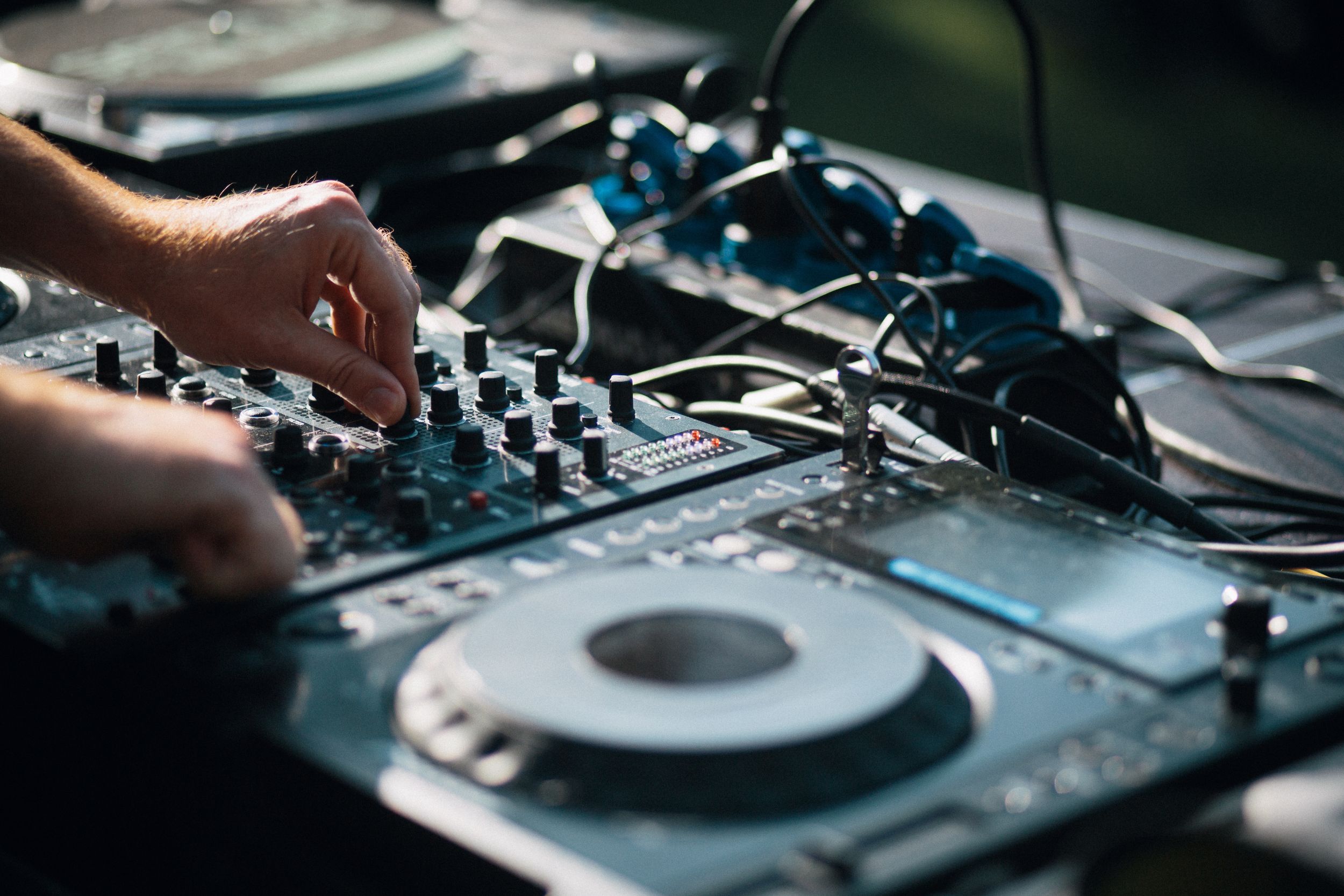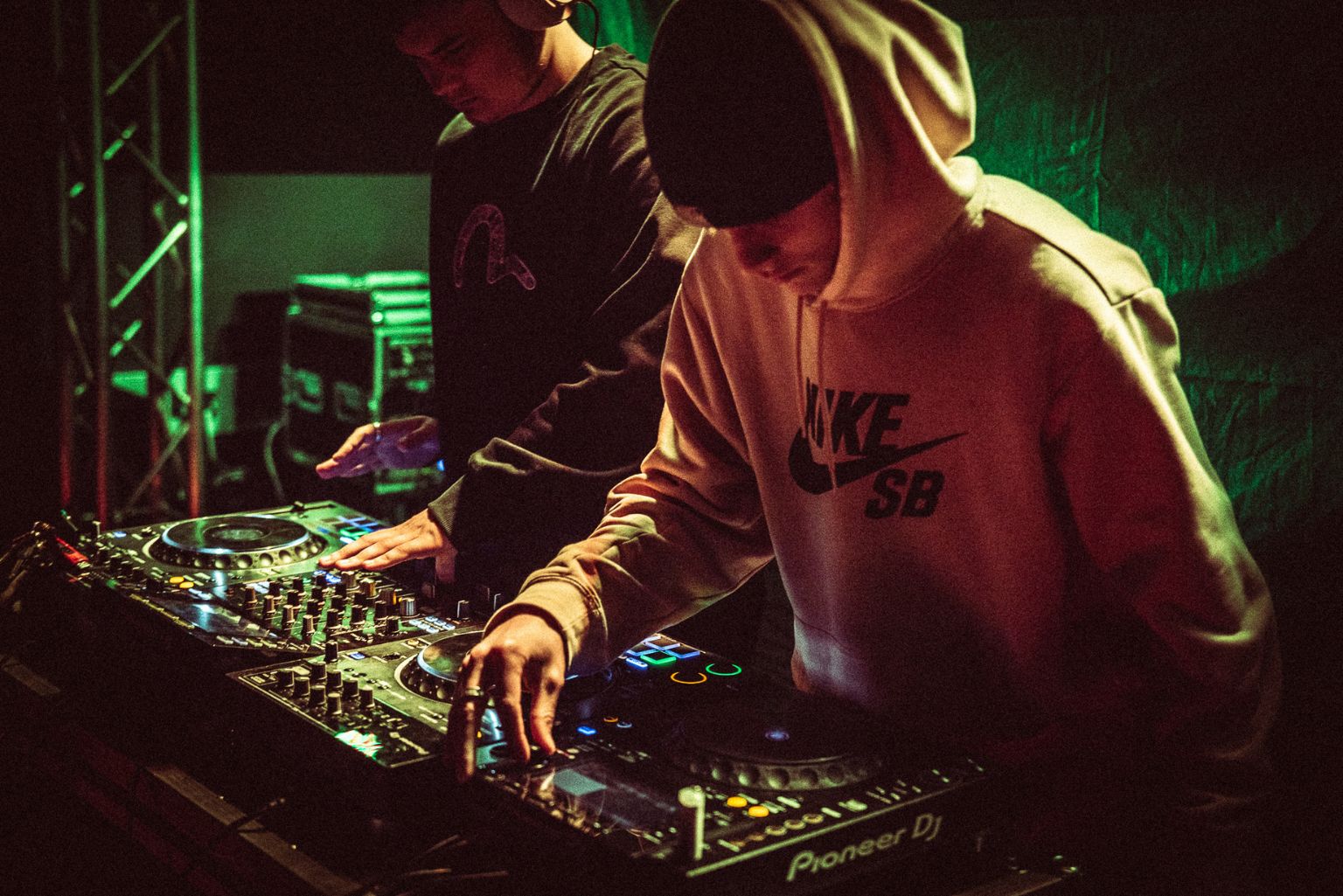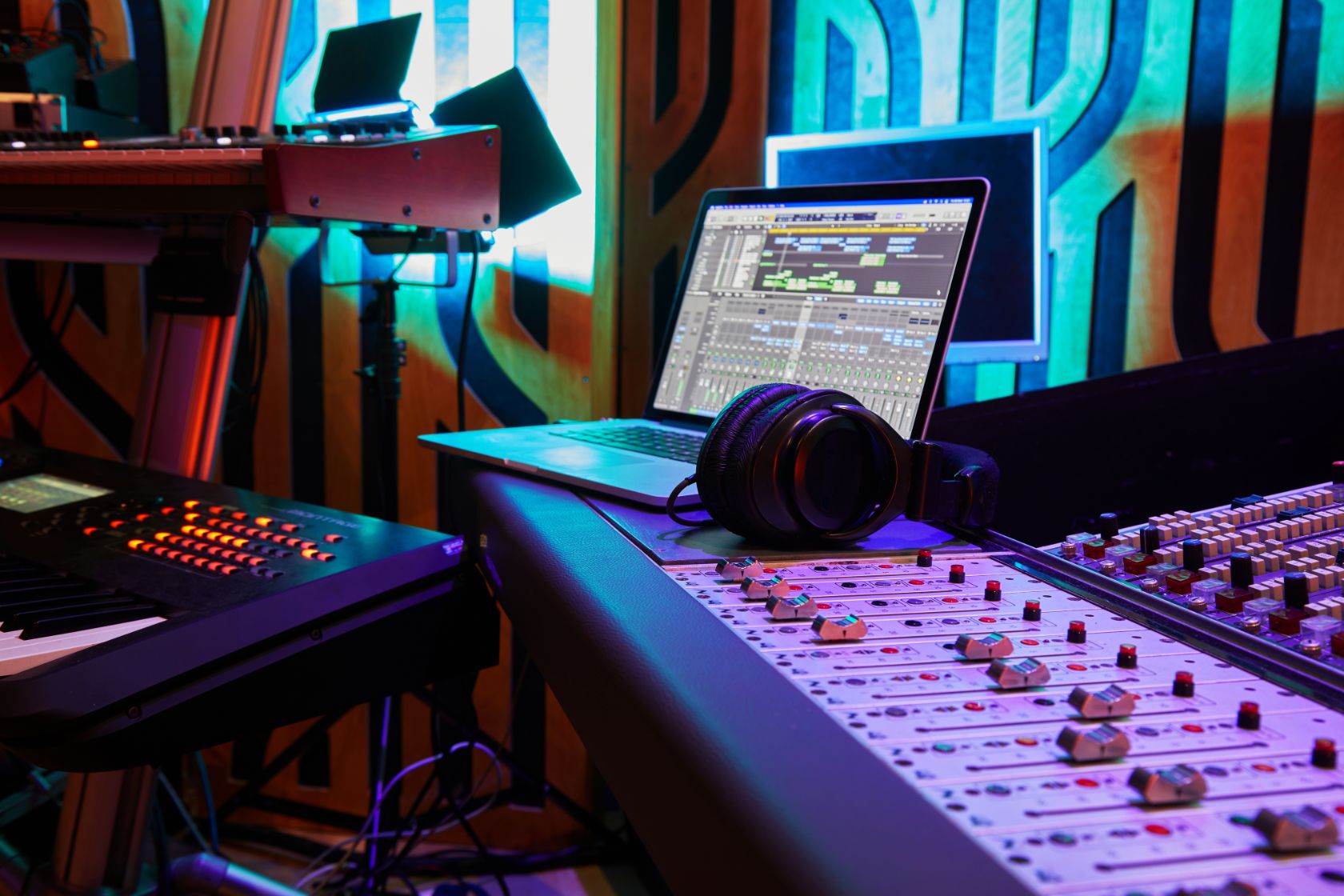Mastering the art of music mixing is essential for transforming raw tracks into polished, professional-quality songs. In this guide, we’ll explore key techniques, tools, and top tips to help you create mixes which truly resonate with listeners.
![]()
What is mixing in music?

In music production, mixing refers to the process of combining and balancing individual recorded tracks into a cohesive final version of a song.
It involves adjusting levels, equalisation (EQ), panning and adding effects to each track to ensure that all elements, like vocals, instruments and effects, blend together smoothly and complement each other.
![]()
How to mix music

Mixing music is a process which combines technical skill with creativity, while each mix is unique there’s a general workflow to follow. Here’s a step-by-step guide to help you get started with mixing music:
1) Preparation
Start by organising your tracks, labelling them clearly (e.g. vocals, drums, bass, guitar, etc), and grouping similar tracks (like drums or backing vocals). Adjust the input levels of each track to avoid clipping or distortion, keep the volume of each track around -6dB to -10dB to ensure there’s enough headroom for later processing. Check for phase issues, especially with multi-miked instruments like drums or guitars, to ensure that tracks aren’t cancelling each other out.
2) Volume balancing
Start with rough volume adjustments using faders to get a basic balance of all the instruments and vocals, focus on making everything audible without EQ or effects. Establish the main elements of the mix (usually the vocals and drums) and balance the supporting tracks around them.
3) Panning
Use the stereo field to spread out different elements of your mix. For example, pan guitars slightly left and right, or place background vocals wider while keeping the lead vocal centred. Panning helps prevent instruments from clashing by giving each one its own space in the stereo field.
4) Equalisation (EQ)
Start by cutting rather than boosting – for instance, remove low-end rumble from non-bass instruments using a high-pass filter. Use EQ to carve out space for each instrument, if the bass and kick drum are clashing, you might reduce some low frequencies in one to give the other more room.
5) Compression
Use compressors to smooth out the dynamic range of tracks, on vocals, compression helps keep the softer parts audible without making the louder parts too harsh. Be subtle with compression, especially on tracks like drums and vocals, to retain natural dynamics.
6) Effects
Reverb adds depth and space to your mix, applying subtle reverb to vocals, drums, and other instruments creates a sense of room or environment. Use delay to create echoes or add space. Subtle delay can make vocals sound fuller or create rhythmic effects on guitars. Use modulation effects like chorus, flanger, or phaser to add movement or depth to guitars, pads, or synths.
7) Automation
Automate volume, panning, or effect levels over time to enhance the arrangement. For example, you can gradually increase the reverb on a vocal during the chorus to make it feel bigger. Automation can bring certain instruments or effects in and out of focus depending on the song’s progression.
8) Reference mixing
Use A/B comparison to regularly compare your mix to a professionally mixed track in a similar style to ensure your mix is in the right ballpark for tonal balance and loudness. Check your mix on different sound systems (studio monitors, headphones, car speakers) to ensure it translates well across platforms.
9) Final touches
Group similar instruments (like all drums or all backing vocals) into buses for easier control and processing. Apply gentle compression on the master bus to glue the entire mix together, but don’t overdo it. Too much compression can kill the dynamics of the track.
10) Export
Once you’re satisfied with the mix, export the song in a high-quality format (like WAV or AIFF), leaving some headroom for the mastering stage.
By mastering these principles and practising regularly, you’ll improve your mixing skills and develop a unique sound.
![]()
What tools are there for mixing music?

There are many tools available for mixing music, ranging from digital audio workstations (DAWs) to plugins and hardware equipment. Here’s a breakdown of the key tools you might consider for mixing:
Digital Audio Workstations (DAWs)
DAWs are software applications which allow you to record, edit, and mix music. Some popular DAWs include: Ableton Live, Logic Pro, Pro Tools, and FL Studio.
Audio plugins
Plugins enhance the capabilities of your DAW, they can be effects or virtual instruments. Common types include: equalisers, compressors, reverb, and delay.
MIDI controllers
These allow you to control your DAW and virtual instruments, MIDI keyboards are great for composing and triggering sounds (e.g. Akai MPK Mini, Novation Launchkey).
Sample libraries and sound packs
These provide pre-recorded sounds and loops for use in your mixes, try Splice, Loopmasters, and Native Instruments.
The choice of tools will depend on your specific needs, budget, and the type of music you are mixing.
![]()
Can you mix music on Spotify?

No, you cannot directly mix music on Spotify. Spotify is primarily a music streaming platform designed for listening to pre-recorded and professionally mixed tracks, not for creating or editing music. It doesn’t have tools for mixing tracks like adjusting volume levels, applying effects, or altering individual audio stems.
However, there are some features on Spotify that might appeal to DJs or people who want a similar experience:
Spotify DJ Mode (Third-Party Apps): Some DJ software, like Algoriddim’s djay or Virtual DJ, integrate with Spotify to allow users to create DJ mixes by using Spotify tracks in real time.
Playlists: While not mixing in the traditional sense, you can create playlists to organise and sequence songs in a certain order for a specific vibe, but you won’t be able to adjust the transitions or mix the tracks like a DJ.
![]()
Where can I study music mixing?

If you’re ready to master the art of music mixing, why not start your journey at Access Creative College! Our Level 3 Music Production course is designed for those who are interested in developing their skills in music creation and production. The course emphasises both practical and theoretical aspects, including studio work, live sound, and sound engineering techniques.
- The History of Filmmaking: From the First Film to Modern CGI Effects - December 18, 2024
- 10 Ideas for the best gaming desk setup in 2025 - December 13, 2024
- Top 20 Christmas Songs Ever Made - December 10, 2024